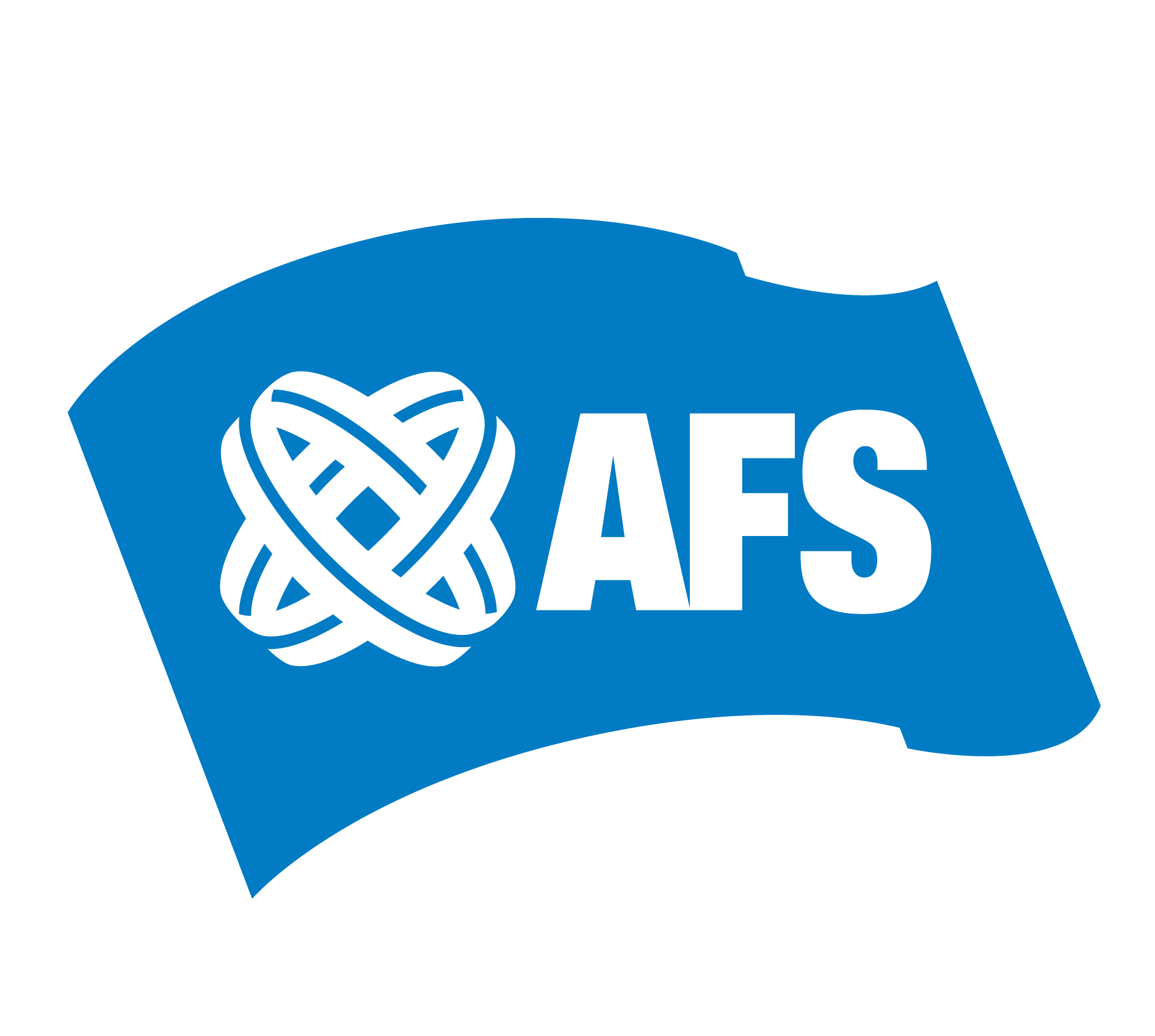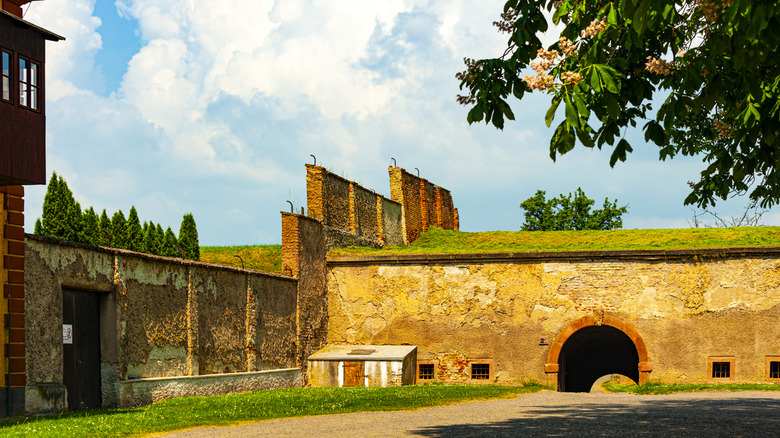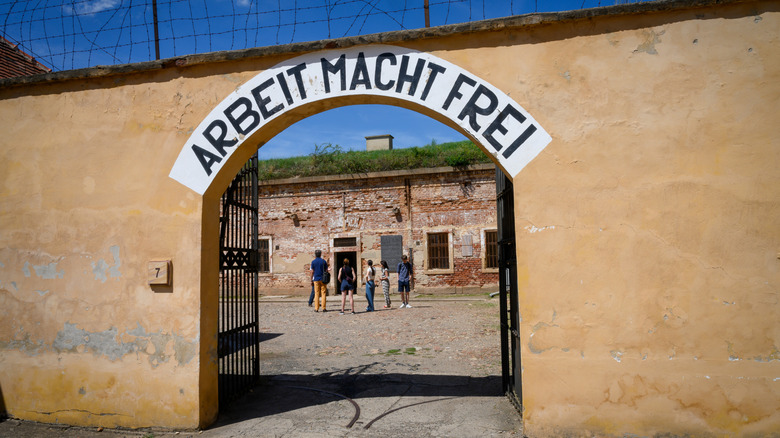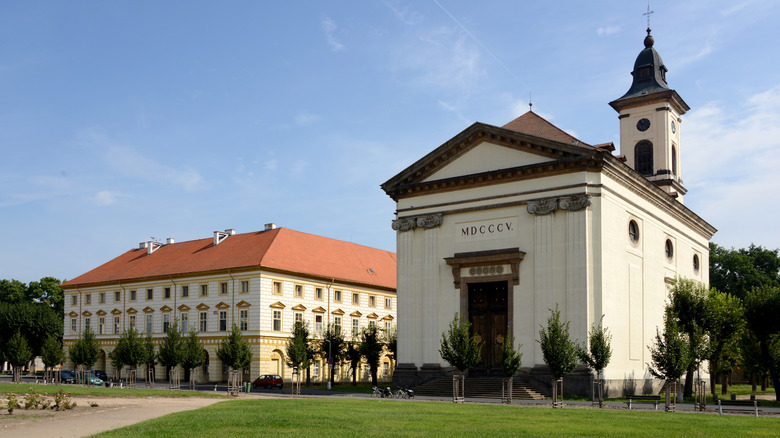Most people know the Czech Republic’s (or Czechia’s) capital, Prague, with its awe-inspiring Prague Castle, as a gorgeous, popular travel destination. The smaller cities don’t get as much attention, though, despite brimming with medieval architecture, unique history, and local food traditions. But there are plenty worth seeing, many of which can easily be reached from Prague as a day trip. In fact, travel writer Rick Steves highlighted a few in his blog, including gems like the under-the-radar medieval town of Kutná Hora. One that Steves says stands apart for its profound historical significance is Terezín, a town known for its former military fortress that took on a harrowing role during World War II.
The most distinct feature of Terezín’s appearance is what Steves describes as its “state-of-the-art, star-shaped walls.” The walls emblematize different eras of Terezín’s history. They were first built in the 1780s, establishing Terezí as a fortress to defend against Prussian invasion. This role was maintained up until 1940, when the town was occupied by the Nazis and doubled as a Gestapo prison camp and a Jewish ghetto. As Steves puts it, “Ironically, the town’s medieval walls, originally meant to keep Germans out, were later used by Germans to keep the Jews in.” Today, you can trace the shifting purpose of Terezín by walking along these walls, which will guide you to the town’s memorials and museums.
The two fortresses of Terezín
As Rick Steves writes, the “points of interest of the Terezín experience are spread over a large area in two distinct parts.” The two parts were designed as two fortresses, called the Main Fortress and Small Fortress, stationed on either side of the Ohře River. The Main Fortress served as the town’s fortified residential area, while the Small Fortress was used as a prison, a role it maintained during the first two world wars. You might start your exploration of Terezín at the Small Fortress entryway. Over an archway, a sign that reads “Arbeit Macht Frei” (“Work Sets You Free”) sets the tone for this site that was a Gestapo prison camp during World War II. As you walk through the fortress, you’ll notice cells and interrogation rooms hauntingly left intact since the 1940s. Roughly 32,000 prisoners were held here by the German secret police for suspected resistance ties and forced into slave labor.
There’s a museum at the Small Fortress, open from 9 a.m. to 5 p.m. during the summer (closing at 4 p.m. in the winter). The first floor includes an “Art against fascism and war” exhibition that’s a must-see. One of the most chilling areas of the Small Fortress is the execution site — over 250 prisoners were executed here without judicial process. The National Cemetery, just outside of the museum, holds the ashes of some of those executed, plus the bodies of about 10,000 victims who died in Terezín during the war. It’s a reminder of how even though today, Czechia is one of Europe’s safest countries, this small town was entangled in some of the darkest chapters of 20th-century Europe.




